How Much Does A Single Use Endoscope Cost?
The realm of medical equipment is perpetually evolving, with new technologies revolutionizing patient care and clinical outcomes. One such advancement is the introduction of single-use endoscopes. These devices, designed for a one-time use, offer numerous benefits over their reusable counterparts, including reduced risk of cross-contamination and the need for sterilization. However, a pertinent question for healthcare providers and institutions is, "How much does a single-use endoscope cost?"
Understanding the Facets of Single-Use Endoscopes

Single-use endoscopes cater to various medical specializations, including gastroenterology, pulmonology, urology, and ENT (ear, nose, and throat). These devices have become increasingly popular due to several compelling factors:
1. Infection Control: With the elimination of reuse, the risk of infection transmission between patients is substantially diminished.
2. Maintenance and Sterilization: Unlike traditional endoscopes that require rigorous and expensive sterilization processes, single-use endoscopes bypass this need, saving time and resources.
3. Costs Associated with Repairs and Replacements: Reusable endoscopes may incur high repair costs due to wear and tear or accidental damage. Single-use versions eliminate these unforeseen expenses.
Breaking Down the Costs

The pricing of single-use endoscopes is influenced by multiple variables, and understanding these is key to making an informed purchasing decision.
1. Type of Endoscope: The cost varies depending on the specific type and the complexity of the endoscope. For instance, a single-use bronchoscope might differ in price from a single-use gastroscope or cystoscope.
2. Brand & Manufacturer: Prices vary significantly across different manufacturers. Leading brands often come with premium pricing due to their established reliability and advanced technology.
3. Technological Features: Additional features such as advanced imaging capabilities, ergonomic design, and integrated ancillary tools can also impact the cost.
General Price Range
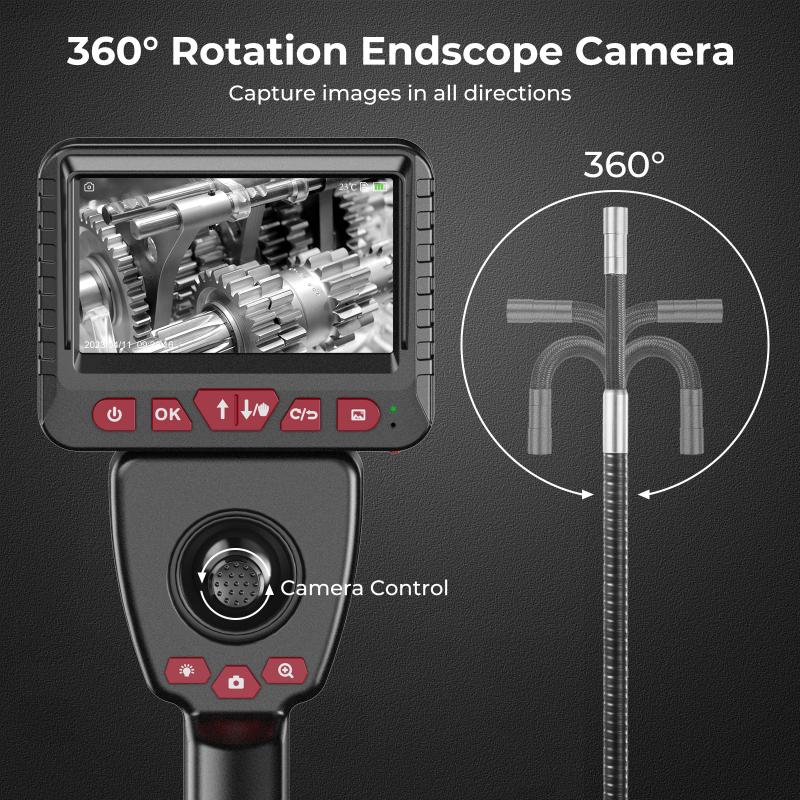
To offer a tangible perspective, the cost of a single-use endoscope typically ranges as follows:
- Basic Models: Entry-level single-use endoscopes can start at around $150 to $250 per unit. These models may have basic imaging capabilities and limited additional features.
- Mid-Range Models: These often feature improved imaging, better build quality, and other enhancements. Prices for mid-range single-use endoscopes usually fall between $250 and $500.
- High-End Models: High-end single-use endoscopes, which may include advanced imaging technologies, superior build quality, and integrated tools, can range from $500 to over $1,000 per unit.
Cost vs. Long-Term Savings
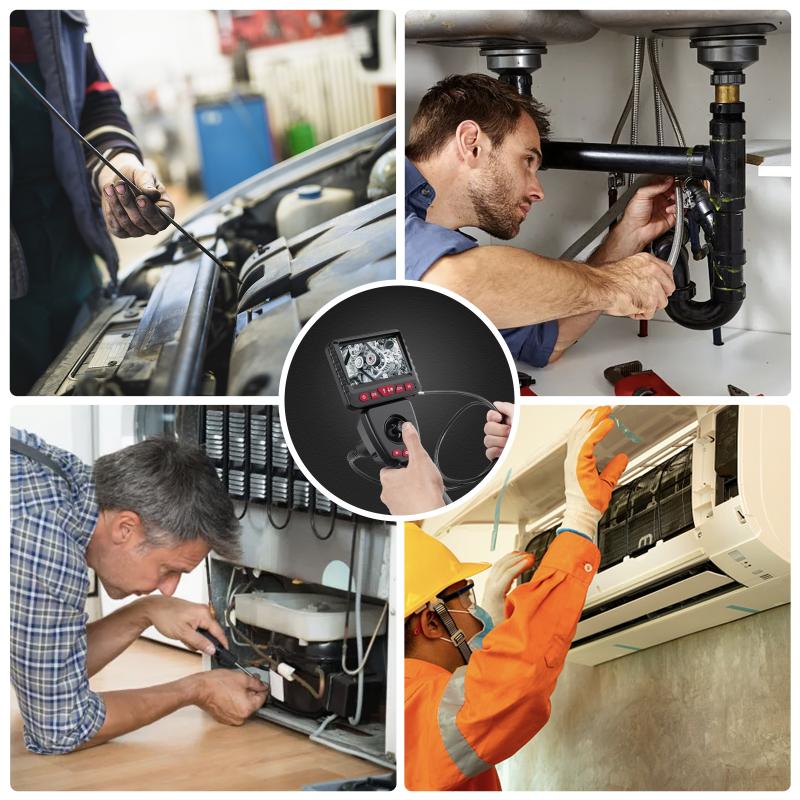
While the per-unit cost of single-use endoscopes may appear high compared to the upfront cost of reusable devices, it’s crucial to consider the holistic picture, including long-term savings and benefits:
- Elimination of Sterilization Costs: Reusable endoscopes necessitate costly sterilization processes after each use. This includes labor, equipment, chemicals, and regular maintenance of sterilization units.
- Reduction in Infection Rates: Using a single-use endoscope minimizes the risk of cross-contamination and healthcare-associated infections (HAIs), which can lead to significant medical costs and reputational damage.
- Avoidance of Repair Costs: Reusable endoscopes frequently require repairs or replacements due to wear and tear, which adds to the overall cost of ownership. Single-use endoscopes eliminate these unpredictable expenses.
- Operational Efficiency: The immediate readiness of single-use endoscopes streamlines workflows, minimizing delays in patient care. This efficiency can indirectly lead to cost savings by improving patient throughput and reducing procedure delays.
Comparing Costs with Reusable Endoscopes
When comparing single-use endoscopes with reusable ones, beyond the mere acquisition cost, several cost components need consideration:
1. Initial Purchase Price: Reusable endoscopes have a high initial cost, often running into thousands of dollars.
2. Sterilization and Maintenance: These recurring costs can accumulate quickly.
3. Repairs and Downtime: Reusable endoscopes require repairs and routine maintenance, leading to additional downtime and costs.
4. Inventory Management: Managing inventory for reusable endoscopes, ensuring they are properly cleaned and ready for the next use, requires dedicated resources.
Making an Informed Decision
Healthcare providers need to evaluate their specific needs and patient volume to determine the most cost-effective approach. For facilities with high patient throughput, the efficiency and infection control benefits of single-use endoscopes can outweigh the initial cost. Conversely, for lower-volume settings, the higher per-use cost may require careful consideration against the backdrop of operational budgets.
Furthermore, it is advisable to conduct a thorough cost-benefit analysis, considering various factors like patient safety, infection rates, downtime due to repairs, and the logistics of sterilization. Engaging with vendors to understand the technological advantages, bulk purchasing options, and any available discounts can also aid in making a well-informed decision.
Future Trends and Developments
With the medical technology landscape continuously advancing, single-use endoscopes are expected to become even more sophisticated and cost-competitive:
1. Technological Innovations: Continued improvements in imaging technology, integration with electronic health records (EHR), and ease of use are likely trends.
2. Manufacturing Advancements: As manufacturing processes evolve and scale, the cost of single-use endoscopes may decrease, making them more accessible.
3. Environmental Considerations: Manufacturers are increasingly focusing on reducing the environmental impact of single-use devices, exploring recyclable materials and greener production processes.
In understanding the cost of single-use endoscopes, it’s clear that a multifaceted approach is necessary. The upfront price, while significant, can be offset by the numerous benefits these devices offer. From enhanced infection control and operational efficiency to long-term cost savings, single-use endoscopes present a compelling choice for many healthcare settings. As the industry evolves, continuous evaluation and adaptation will ensure that healthcare providers can leverage these advancements to deliver high-quality, safe, and efficient patient care.


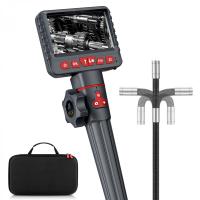
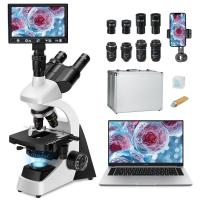
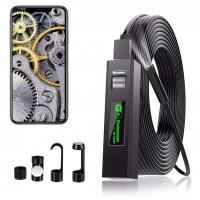
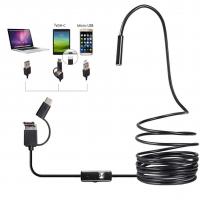
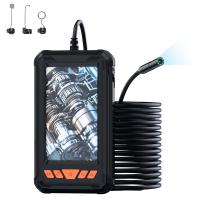


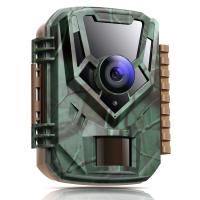
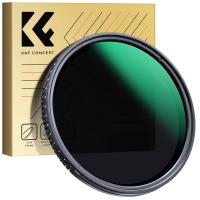

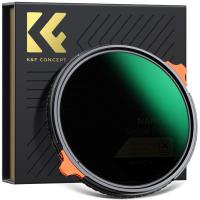

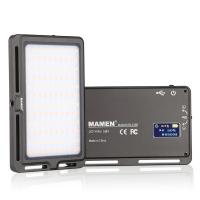
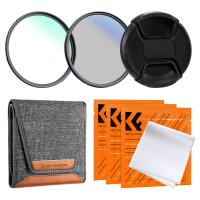
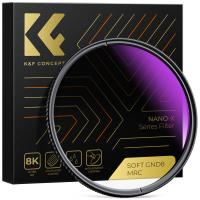


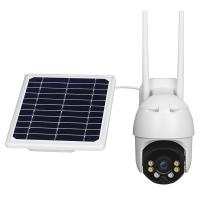

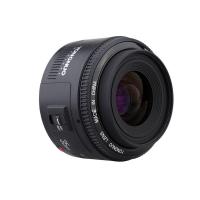
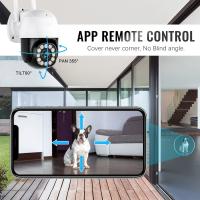
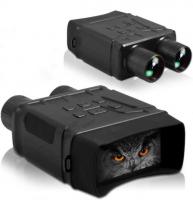
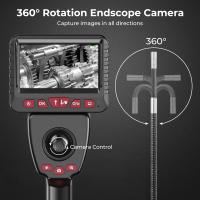
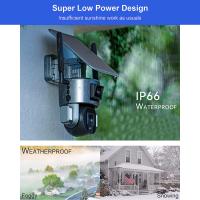

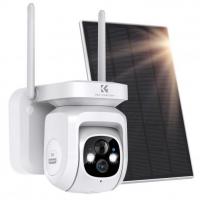
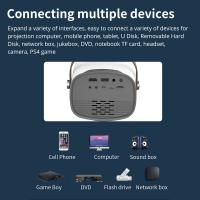



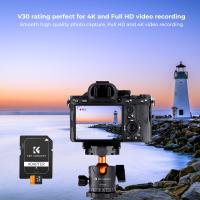



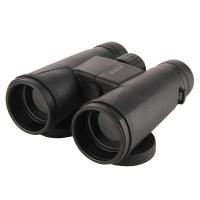
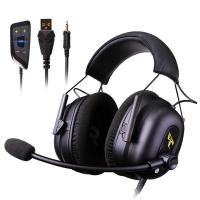
There are no comments for this blog.